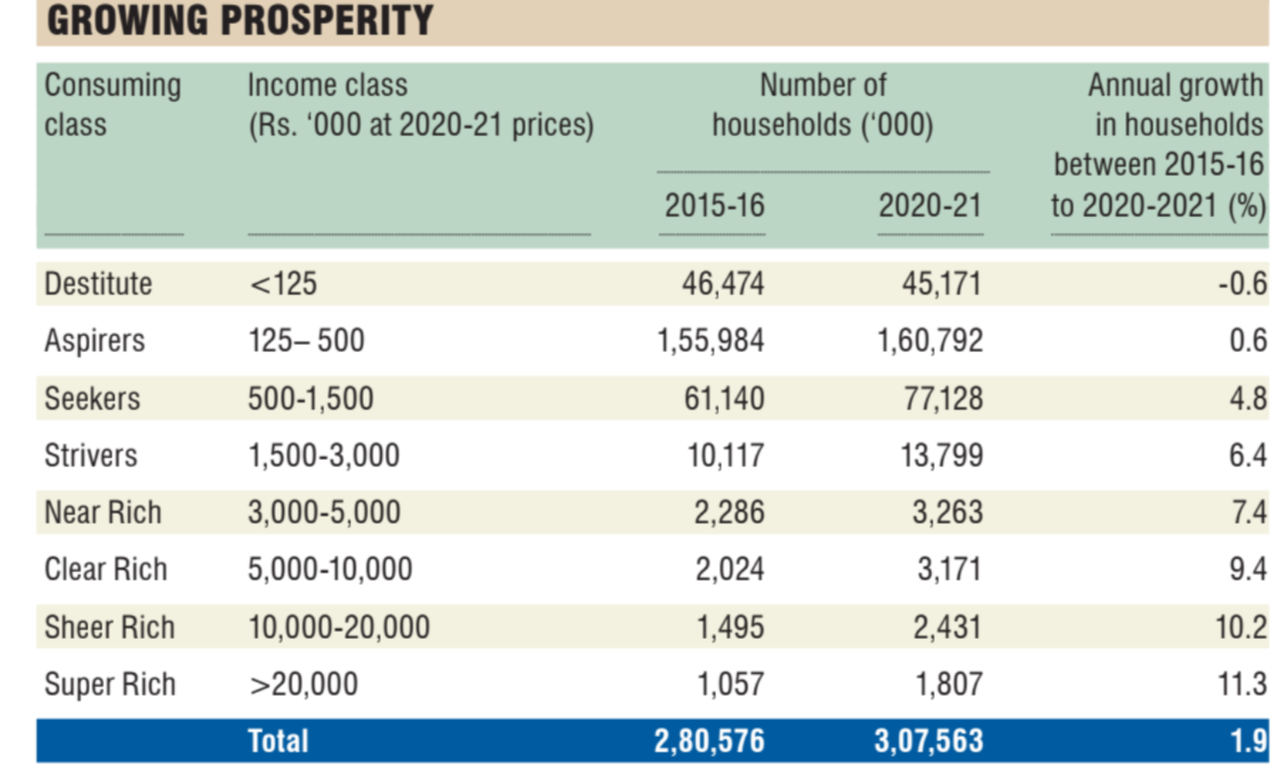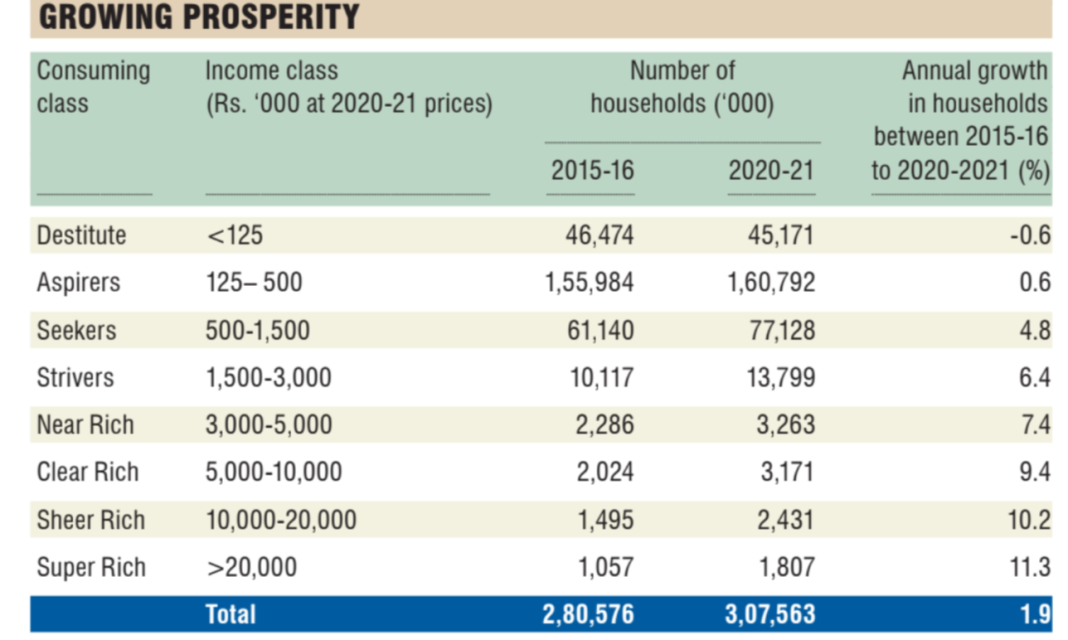 American upper-income groups are feeling the pinch of tighter financial conditions, with more than 15 percent of individuals earning over $150,000 taking on additional jobs to cope, according to a survey conducted by the Federal Reserve Bank of Philadelphia. This concern is reflected in the data from April 2024, which shows that 32.5 percent of respondents in this income bracket were worried about making ends meet in the next six months, up from 21.7 percent in April of the previous year.
American upper-income groups are feeling the pinch of tighter financial conditions, with more than 15 percent of individuals earning over $150,000 taking on additional jobs to cope, according to a survey conducted by the Federal Reserve Bank of Philadelphia. This concern is reflected in the data from April 2024, which shows that 32.5 percent of respondents in this income bracket were worried about making ends meet in the next six months, up from 21.7 percent in April of the previous year.
Interestingly, this percentage is higher than for individuals in lower income groups, such as those earning between $100,000 and $149,999, $70,000 and $99,999, and $40,000 and $69,999. Only those in the lowest income group, earning less than $40,000, expressed more worry than the $150,000-plus group.
Furthermore, the survey revealed that the percentage of people across all income levels who were anxious about their ability to pay bills was higher in April 2024 compared to the previous year. Among those who were already able to pay their bills on time, the increase in concern was most noticeable among younger individuals, females, and those in higher income groups. In fact, in April 2023, 20.7 percent of individuals who could pay all of their bills were worried about the next six months. In 2024, this number rose to 26.2 percent.
The survey also shed light on how different income groups handled their tighter financial situations over the past year. Among those earning $150,000 or more, 15.3 percent took on an additional job, the highest percentage among all income levels. This group borrowed the least from formal sources but ranked second-highest in borrowing from family or friends.
On the other hand, individuals earning less than $40,000 ranked at the bottom when it came to taking on an additional job. However, they ranked second-highest in borrowing from formal sources and were at the top in terms of borrowing from family or friends.
Interestingly, only 8.8 percent of individuals in the $150,000 or more group skipped their monthly bills or made partial payments, the lowest percentage among all income levels. Those making above $100,000 also cut back the least on essential and discretionary spending.
While it is clear that upper-income groups are more worried about higher prices impacting their ability to pay bills, a smaller proportion of them have been forced to cut down on spending compared to their lower-income counterparts.
In a more positive outlook, a report by the Federal Reserve Bank of New York in June stated that U.S. households have become “more optimistic” about their future financial condition. The report noted that expectations for the year ahead had improved, with fewer respondents expecting to be worse off and more expecting to be better off a year from now.
As high-income groups face increasing inflationary pressures, discount retail chains have reported an increase in customers from this demographic. Dollar Tree, for example, saw an uptick in traffic from relatively wealthy shoppers last year. Walmart executives also noted higher engagement across income cohorts, with upper-income households contributing to the majority of share gains in the recently reported quarter.
According to Achieve, a digital personal finance firm, the majority of respondents in an August survey said they were not close to reaching their definition of financial freedom. However, over half of them expressed optimism and believed that their journey towards financial freedom was improving. This reflects a shift in focus from becoming rich to simply being able to pay bills on time.
Overall, these findings highlight the financial challenges faced by upper-income groups and the various strategies they employ to navigate tighter financial conditions. Despite their concerns, there are signs of optimism and resilience as individuals adapt to changing circumstances.


